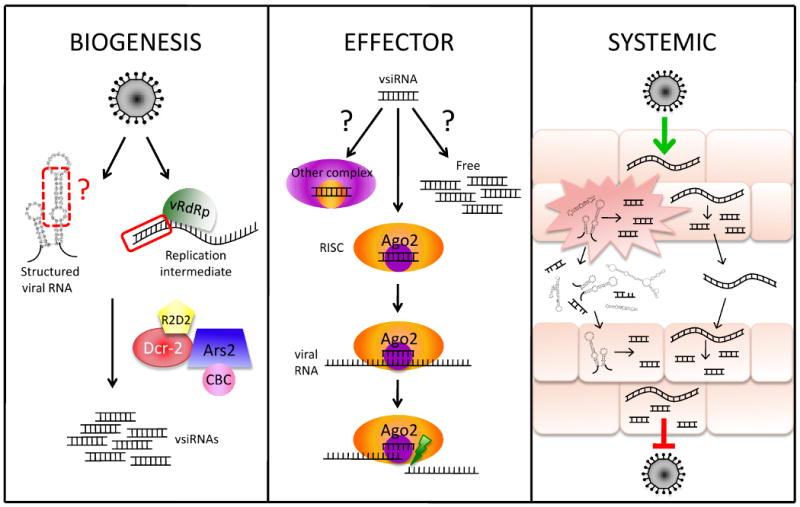Figure 1. RNA interference restricts virus infection on a cellular and organismal level.

The biogenesis of virus-derived siRNAs (vsiRNAs) is mediated by Dcr-2, which recognizes dsRNA produced by the viral RNA-dependent RNA polymerase (vRdRp) or structured regions of single stranded viral RNA (left panel). Dcr-2 complexes with R2D2 and Ars2, which is required for efficient dsRNA processing and interacts with the nuclear cap binding complex (CBC) (left panel). Following vsiRNA biogenesis, Ago2 mediates the effector step of antiviral silencing through RISC-mediated cleavage of viral RNA (middle panel). The vsiRNAs not bound to Ago2 remain stabilized, either in another complex or free in the cytoplasm. A potential model for systemic antiviral RNAi is depicted at right. Viral RNA produced during infection is released extracellularly, either by controlled export or by lysis of the infected cell. The RNA is then internalized and processed by uninfected cells, protecting them from subsequent infection.
